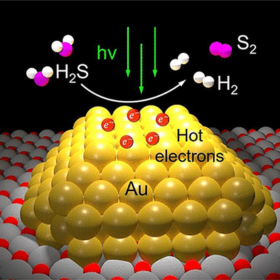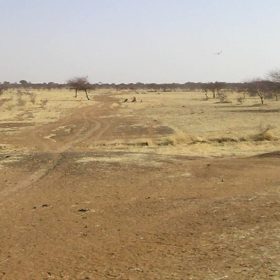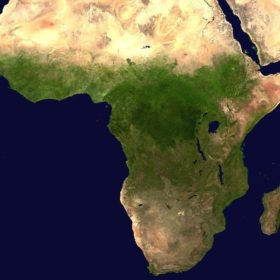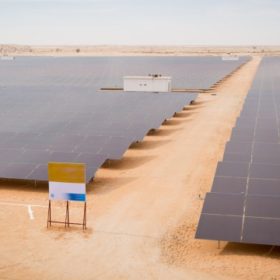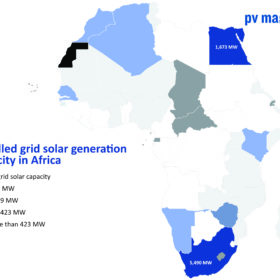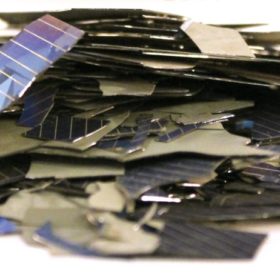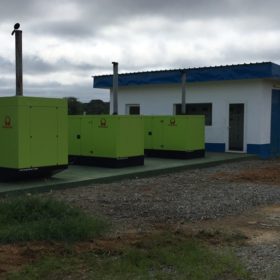The Hydrogen Stream: Hydrogen production from industrial byproducts
US scientists have reported efficient plasmonic photocatalysis for the production of hydrogen from hydrogen sulfide, with no external heat source. Egypt, meanwhile, has started commissioning Africa’s first integrated green hydrogen plant.
Desert to Power secures $300 million of public money
Private Infrastructure Development Group recently made a non-binding commitment in Brussels to a provide funds for a project that aims to bring 10 GW of solar to Africa’s Sahel region.
The Hydrogen Stream: Hydrogen system for marine vessels
DNV approved HAV Group’s hydrogen-based energy system for cruise vessels, Rolls-Royce agreed to sell hydrogen-powered mtu fuel cell solutions in Germany, and the Mauritanian government signed a deal with CWP to develop a 30 GW green hydrogen project.
‘African countries must unite to establish a green hydrogen economy’
Only by working together can African nations overcome the obstacles to exploiting their abundant renewables resources and producing affordable green hydrogen – for use at home and in a European economy keen to wean itself off Russian gas, an online event has been told.
10 GW Desert to Power PV initiative picks up $150 million in funding
The Green Climate Fund has announced it will provide US$150 million in funding to the Desert to Power initiative – a project led by the African Development Bank and spanning several countries that aims to build 10 GW of PV generation capacity in various projects across the Sahel region to the south of the Sahara Desert.
Solar dried up in North Africa during 2020
Politicians across the continent will have to decide between their heavily-indebted state utilities or embracing the energy transition, according to one energy analyst.
Italian PV panels sent for recycling were instead smuggled to Syria and Africa
Illegally re-badged panels were sold on to Senegal, Burkina Faso, Nigeria, Morocco, Mauritania, Turkey and even Syria. Italian authorities found 60 tons of panels which will be examined.
An oasis of PV
A new study shows solar may help reduce water pumping costs in a desert oasis of Mauritania significantly while reducing water losses. Researchers claim PV water pumping may also help prevent desertification.
Sahel regional leaders give new push for 10 GW Desert to Power initiative
The African Development Bank last year disclosed a plan to install 10 GW of solar in the deserts of the Sahel. A recent summit held in Burkina Faso may have brought the ambitious project a step closer.
Engie to deploy hybrid solar in Gabon
Mini-grid solutions are becoming more popular to deliver electricity to rural areas. There are 1 billion people worldwide without access to electricity and off-grid solutions could be the cheapest and easiest solution for about 70% of them. It is estimated the market in the segment will be worth $64 billion by 2030.
